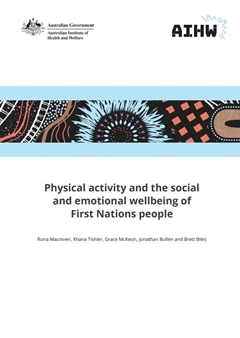Physical activity and the social and emotional wellbeing of First Nations people
Abstract
For First Nations people in Australia, ‘social and emotional wellbeing’ (SEWB) is the foundation of physical and mental health. It is a term that aligns with First Nations ways of knowing, being and doing, and the concept that the self is inseparable from (and embedded within) family and community. This holistic approach is vital in addressing the significant psychological distress experienced by First Nations adults, because it acknowledges historical, cultural and societal influences.
Engaging in physical activity is a part of First Nations culture, traditional customs, practices and connection to Country. It fosters cultural identity and community cohesion — integral components of SEWB for First Nations people — and offers holistic health benefits and protection against mental health issues and chronic diseases. While physical activity rates are higher among First Nations children compared with non-Indigenous children, a decline is observed in adulthood, prompting a need to understand changes and respond with effective strategies to increase participation in physical activity.
This article summarises existing evidence on physical activity and First Nations SEWB. It describes the policy context and actions as well as program approaches implemented with First Nations adults and children living in Australia. It concludes with a summary of the key messages from this report that is essential information for understanding First Nations physical activity participation and SEWB.


